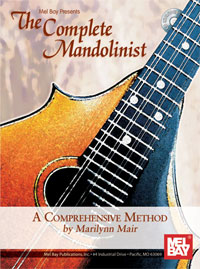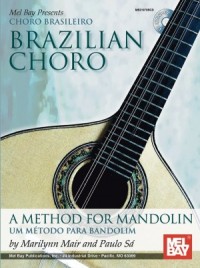Q: I’m just starting out with the mandolin and bought your book on recommendation from a friend. I must say that I’m really looking forward to working though the book. I’m interested in medieval, classical and english folk music and am glad to see a resource that is a bit more grounded in musicianship than the normal ‘here’s three chords and away you go’ approach. One question I have – is it generally true that in the downstroke you always play both of the pair and in the upstroke you play only one? You mention the upstroke on page 17 and it surprised me because I hadn’t come across this in any of the other internet resources I’ve found. Many thanks for producing a great book,
RS
A: You’re welcome. And, yes, I meant what I wrote. When playing a singe-note line, pick 2 strings on the downstroke always, and just 1 on the upstroke. It happens quite naturally when your hand is in the right position, and creates a legato connection that works to create a more musical phrasing.
mm



